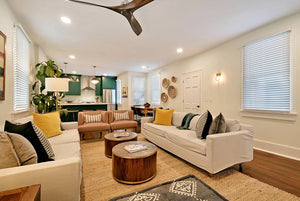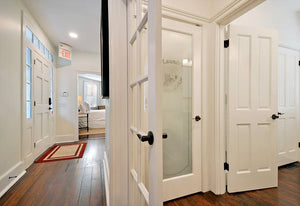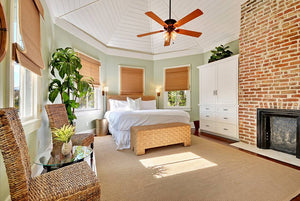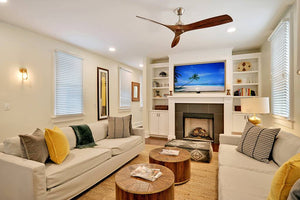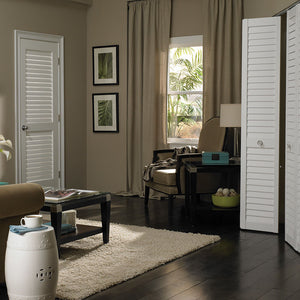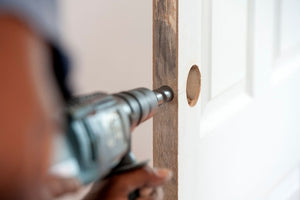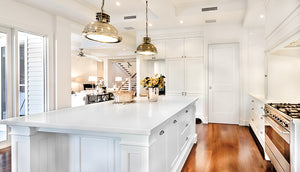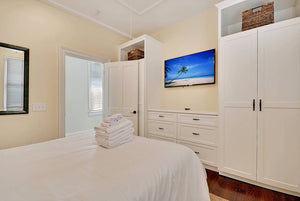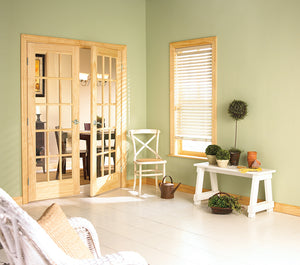Home Design
2020 Door Trends to Shake Up Your Style
Looking for a subtle, low-maintenance way to shake up your home’s style? Look no further than the biggest door trends...
Read more
What’s Your Style? Hardware Finishes Edition
Choices, choices. With so many great hardware finishes to choose from, how do you know which style is right for you?
...
Read more
How to Keep Your Home Cool in the Summer Months
Tired of feeling like your air conditioner is blasting, but your home still isn’t cool? The problem may not be with y...
Read more
4 Tips for Preparing Your House to Move
No matter the circumstances, moving is stressful. Aside from finding a new place to live, preparing your current home...
Read more
Louvers 101: The Benefits of a Classic Style
Often, we choose door styles based on aesthetic preference. However, when it comes to louvered doors, there’s also a ...
Read more
Pocket Doors: What You Need to Know
You know that room you’ve always wished you could close off with a door, but opening and closing one wouldn’t work wi...
Read more
Want to Increase Your Home Value? Upgrade Your Doors!
You don’t have to do a major renovation or complete an addition on your home to increase the home value. While bigger changes will still yield a bigger increase in value, there are plenty of small updates and upgrades you can make to improve the resale value of your home.
Read more
Shaker Style 101
The style of interior door you choose can make a big impact on your aesthetic. That’s why it’s helpful to have as much information about your decision as possible, so you can be confident you’re choosing the best door for you.
Read more
French Doors: When Should You Use Them?
So, you’re consider adding a French door: how do you know if this bright and stylish option is the best choice for yo...
Read more

